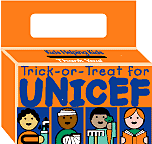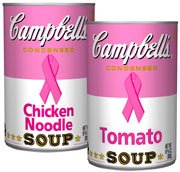Is Charity Navigator going bankrupt?
Trent Stamp is the President of the watchdog Charity Navigator. On Monday, in a story in the Seattle Post-Intelligencer evaluating salaries at charities, Stamp was quoted as saying:
"You'd have to explain to me as a donor why one person is worth 10 percent of total expenses," said Stamp, CEO of Mahwah, N.J.-based Charity Navigator.
Underalms at the
Where Most Needed blog
challenge this simple ratio as bizarre. Instead of a ratio, underalms argues that a sliding scale is needed to evaluate CEO salaries for charities based on the size of their revenue. Then,
in a follow-up post, underalms all but calls Trent Stamp a hypocrite since Stamp's salary is 14-15% of
Charity Navigator's annual expenses. In fact, it appears as if Stamp's salary of $149,000 is "hidden" on the most recent
Form 990 from 2005. However, it should be noted that this could be an error on Guidestar's part... and Stamp did volunteer his salary to the reporter in Seattle - so he is not trying to cover anything up.
But if you look at
Charity Navigator's most recent IRS filings for the past 5 years, there is something even more interesting. It appears that the private foundation received start-up money in the form of 125,000 shares of
PDI Inc. (worth an estimated $15 million) from John and Marion Dugan.
Unfortunately for
Charity Navigator, the stock price for PDI Inc. has fallen from it's high of over $100 a share
to almost $10 a share today. This plunge has forced
Charity Navigator to sell more and more of its "seed corn" for smaller and smaller revenue in order to fund operations.
In 2001,
they sold 20,000 shares for approximately $1.8 million.
In 2003,
they sold 30,000 shares for approximately $753,000.
In 2004,
they sold 7,000 shares for approximately $193,000.
Last year, the group sold it's last remaining 68,000 shares for approximately $1.39 million.
For an organization that spends just under a million dollars every year on operating expenses (including Stamp's salary) with few other sources of revenue... there are going to be tough times ahead. It seems as if
Charity Navigator has only two more years of funding unless it finds a replacement revenue stream. The site is committed to not accept money from charities or any advertising revenue. It has also pledged never to charge users. While it has raised almost $600,000 this year from individuals, cuts may be inevitable.
The watchdog says it is not going under... maybe it just needs to cut its top salary to below 10%.












